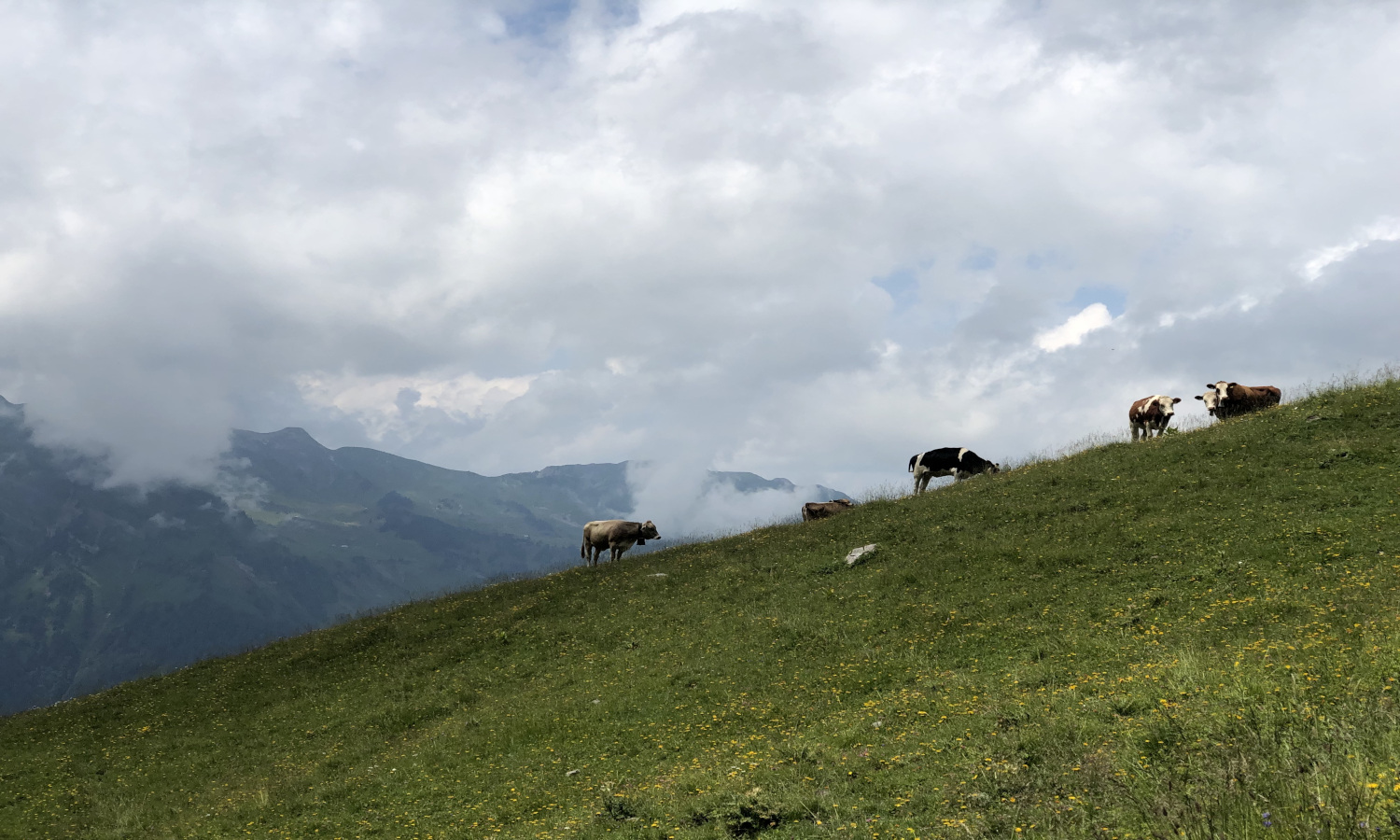Mounting livestock numbers could put the world’s grasslands on track to become an anthropogenic greenhouse gas (GHG) emissions source, according to a Nature Communications paper by international researchers.
Grasslands, the planet’s most prevalent ecosystems, take in as well as give off greenhouse gases. In their natural state, these areas can lock carbon dioxide (CO2) from the atmosphere into the earth. But they also result in emissions of CO2 from land conversion, nitrous oxide (N2O) from soils, and methane (CH4) from grazing livestock.
Despite these fluxes, global grassland GHG release and storage had not been closely examined before. The researchers wanted to understand how animal agriculture and indirect human impacts — including climate change, rising carbon dioxide levels, and regional shifts in nitrogen — have impacted GHG absorption and emissions in grasslands. To do this, the team modeled trends from 1750 to 2012, both for lands with livestock and lands left relatively undisturbed.
The findings showed that historically, grasslands served as an overall carbon sink, with unmanaged lands storing more carbon than managed lands feeding livestock. But since the 1960s, GHG release has surpassed GHG sequestration due to the expansion of livestock grazing.
“Emissions of CH4 and N2O from grasslands have increased by a factor of 2.5 since 1750,” Jinfeng Chang, a researcher at Zhejiang University in China and lead author on the paper, tells Food Tank.
By 2012, he says, the climate warming caused by farm animals had negated the cooling effect from sparsely grazed and livestock-free grasslands.
The research highlights “that natural grasslands and managed grasslands, the latter where livestock grazing and mowing happens, have different consequences for the carbon balance,” Tara Garnett, a researcher at the University of Oxford’s Environmental Change Institute, tells Food Tank.
This aligns with previous work from Université Paris-Saclay that indicates management intensity greatly affects grassland soil carbon in different ways depending on region and climate, Chang adds. He recommends policymakers, producers, and consumers act to achieve sustainable management, which would help curb grassland emissions and boost soil carbon.
If people eat less meat and opt for “healthy and reasonable consumption,” he tells Food Tank, “less demand will eventually lead to less production,” shrinking livestock’s carbon footprint. Ranchers can also enhance plant growth and keep carbon in soils by optimizing grazing and mending degraded pastures, he says.
Chang also suggests policies such as “raising people’s awareness on healthy diet, subsidies for sustainable grassland management and restoration, punishment for land degradation and overgrazing, and a tax on GHG emissions.” Governments should prioritize cutting food waste as well, he says, through improving supply chains and food preservation systems.
“The study broadly confirms what I and many others have said—that grasslands are a vital ecosystem to be protected and that ongoing intensification in the livestock sector is contributing in various ways to rising GHG emissions,” Garnett, who was not involved in the research, tells Food Tank. “We need to halt intensification in the grazing livestock sector.”
Photo courtesy of Jinfeng Chang











